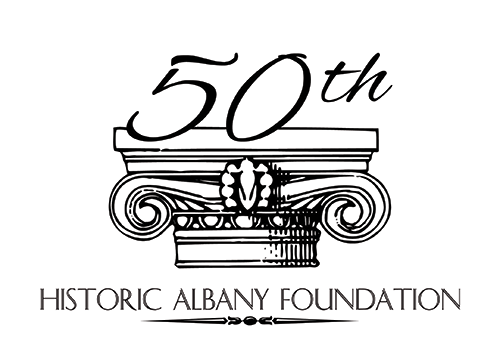BUILT 2020 Featured Artist Interview - Michele LaMont
/Artist Statement
”I have always felt a connection between the performing arts and visual arts.There exists a form to melodies as well as color. I try to create free flowing and imaginative works that draw the viewer in again and again. My smaller works invite close up inspection as they are intricate and abstract. I want each observer to see what is meaningful to them. I continue to experiment with papers, mediums and processes in my current work, always seeking to create curious and delicate pieces that draw the viewer closer for a more intimate experience. All works are unique and hand printed on various papers. Works are produced using a variety of techniques such as; Intaglio, chine colle, etching, solar plates, linoleum cuts, gold and copper leaf” - Michele LaMont
Hi Michele! Thank you for agreeing to an interview. First can you tell us about your piece 'Got Heat' for BUILT 2019 which won the Jurors Award?
The 2019 "Juror's Award" piece, "Got Heat," was originally a Photo I took at the HAF Warehouse. I made a Solar plate etching of the black & white print. I then inked the plate and ran it through the Press onto a cellulose sheet. The several layers of process gives it a unique appearance.
What made you want to submit to BUILT for the first time?
Michele’s winning piece from 2019 - Got Heat?
l I have always admired the architecture of the Capitol region having grown up in Troy. After 45 years "Downstate" I purchased a Historic landmarked home in Malta, NY. Original date was 1790, and in 1810 & 1830 additions were added. I went to the HAF Warehouse in search of replacement hardware and became a member.
Do you often find architecture an inspiring topic for your work?
I particularly enjoy the architecture of doors & windows and see them as the "eyes" of the building. I frequently have them as the center of my prints.
What would you say to someone considering submitting to BUILT for the first time in 2020?
I think it would be a great experience for an artist to accept the challenge of creating a work inspired by their Historic surroundings. It forces one to look at and appreciate what is right in front of them. The reception & auction were awesome experiences.
Are you submitting a piece for 2020 and can you tell us anything about it?
I have been keeping my eyes open for inspiration to create a piece of art for BUILT 2020. I am tweaking a few ideas and hope to settle on the one that speaks to me most.
Finally, how have you been entertaining yourself during the lockdown?
Some of michele’s current work
I have continued to teach Piano to my students via Zoom. I have also been doing minor projects to restore our home and working at my Printing Press when I can. Inspiration is hard to come by during this Quarantine lockdown. My husband and I have been personally touched by the Covid-19 situation. We have lost several friends and one family member to this horrific virus. Many friends have been hospitalized, one very close friend for 5 weeks. It is a sneaky & scary disease and we must keep our distance until a vaccine has been created. Having said that, I hope some normalcy will be here before the end of the year 2020.
Visit the BUILT homepage for more information about submission and the event here >>
Entry fee deadline is Sept 18th












